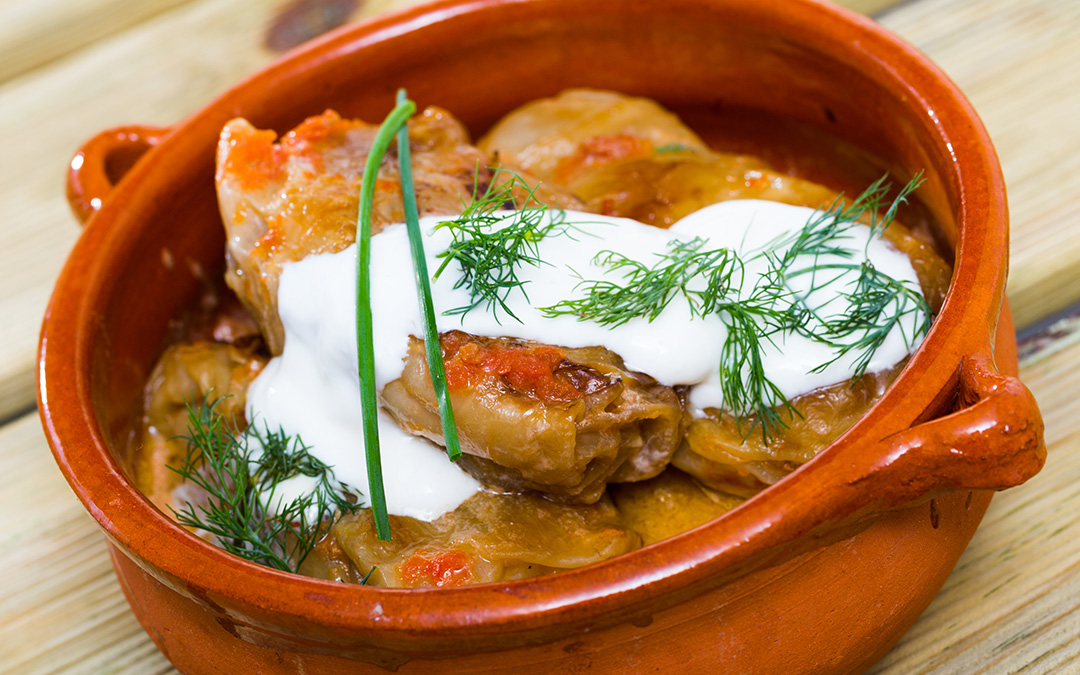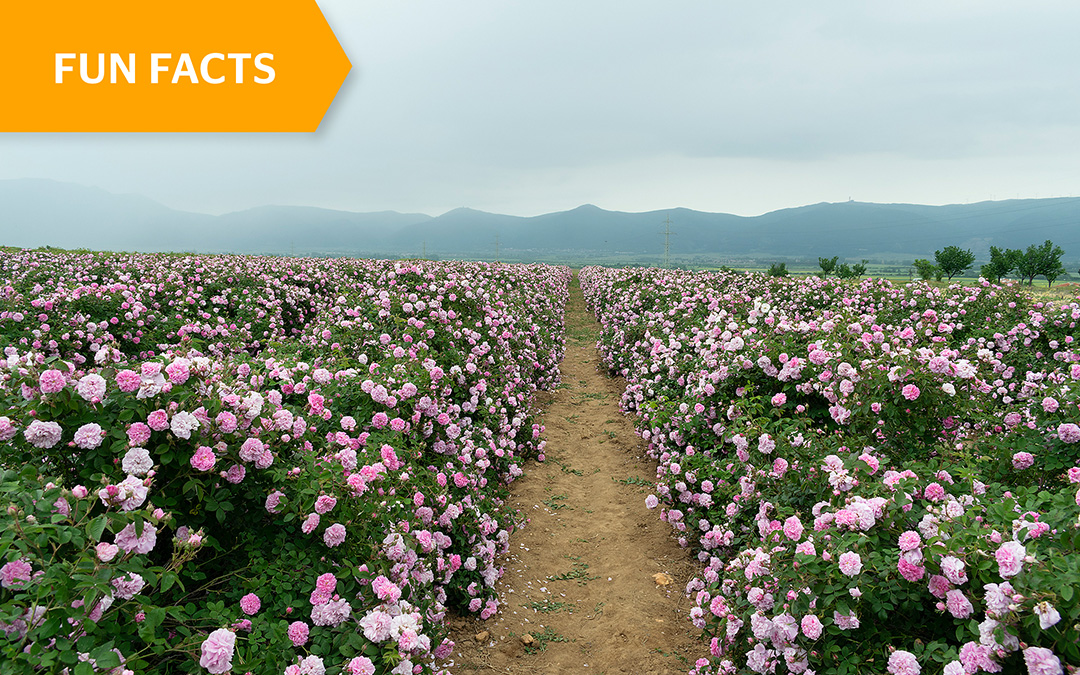Have you ever been to Bulgaria? You shake your head – does that mean “yes” or “no”? The question is quite justified. Because in Bulgaria, a nod of the head means “no” and a shake of the head means “yes”. This often leads to confusion among foreigners. Here’s what else you should know about the country.
Bulgaria is one of the oldest countries in Europe and even pre-dates the Roman Empire. Founded as the Republic of Bulgaria in the 7th century, it lies at the intersection of two important trade routes – one from eastern and northern Europe to the Mediterranean Basin and one from central and western Europe to the Middle East. It is also the only country in Europe whose name has not changed since the original establishment of the country in year 681.
The oldest known gold treasures in the world, dating back around 6,000 years, were discovered in Varna, Bulgaria. By chance, while dredging a cable duct in the industrial area. You can view the treasure in the city’s Archaeological Museum. Over time, several other important gold treasures have been discovered in Bulgaria, especially from the Thracian period, one of the oldest known civilizations in Europe. The Thracian tombs of Sveshtari are a UNESCO World Heritage Site. So is the Thracian city of Nessebar, which is located on a peninsula near Burgas on the southern Bulgarian Black Sea coast. The country also has a considerable Roman heritage with numerous well-preserved ruins such as the amphitheater in Plovdiv.
The scent of roses
Can you smell the scent of roses yet? Then you are heading towards the Valley of Roses, east of the Bulgarian capital Sofia. Here, white, pink and red roses are grown on miles of fields, mainly for the perfume industry. Bulgaria is one of the world’s largest producers of rose oil. Due to its economic importance, the Bulgarian rose is not only an important export item, but also a national symbol. It is celebrated every year at the Rose Festival in the picturesque town of Kazanlak.
Another coveted life form from Bulgaria is Lactobacillus bulgaricus. The bacterium is found in Bulgarian yoghurt and is known for its health-promoting properties.
 Many Bulgarian specialties are served with yoghurt. Photo: iStock
Many Bulgarian specialties are served with yoghurt. Photo: iStock
Cosmic music
Bulgarian folk songs were sent into space on the Voyager Golden Record in the 1970s. The data discs with image and audio information were placed on board the interstellar space probes Voyager 1 and Voyager 2 to present Earth’s culture to extraterrestrial civilizations.
The national instrument is the bagpipes, called the gaida in Bulgaria. There are only three nations in the world that employ the bagpipes in their traditional music, besides Bulgaria there are also Scotland and Ireland.
Dancing on the fire
One of the oldest Bulgarian folk traditions is the rite of fire dancing. It was practiced eons ago by the Thracians near the White Sea. Today it is still performed in only a few mountain villages of the Strandzha region. It is included as a UNESCO legacy of non-material culture. The fire is laid in a circle so everyone can observe the dance. Musicians play three special melodies and the fire dancers enter the fiery circle after the first dancer crosses the coals in the pattern of a cross. Their dance movements are intricate and their bare feet are not burned.
Diverse landscape
The Bulgarian landscape has a lot to offer. For example, the unique rock formation of Belogradchik. It is not only geologically interesting, but also shrouded in legends and stories. The seven glacial lakes in the Rila Mountains are a popular hiking destination and offer breathtaking views. And Melnik, the smallest town in Bulgaria, is known for its wine cellars and the picturesque surrounding landscape. Speaking of wine cellars: Bulgaria has a winemaking tradition dating back thousands of years and produces some excellent wines.
Culinary specialties
If you would like to treat yourself to a few local specialties, here are a few tips:
- Banitsa is a savory pastry made from very thin, unleavened dough and filled with a mixture of eggs, yogurt and white cheese. There are also sweet versions with pumpkin or apples.
- Kebapche are elongated minced meat rolls, similar to Ćevapčići, made from mixed minced pork and veal, seasoned with pepper, cumin and salt and grilled.
- Tarator is a cold soup made from yogurt, cucumber, garlic, dill, walnuts and water that is particularly popular in summer.
- Sarmi are vine or cabbage leaves stuffed with rice and meat, often served with yoghurt.
- Kavarma is a stew of meat (usually pork), onions, peppers and tomatoes, cooked slowly in a clay pot.
And what are you craving right now?


0 Comments